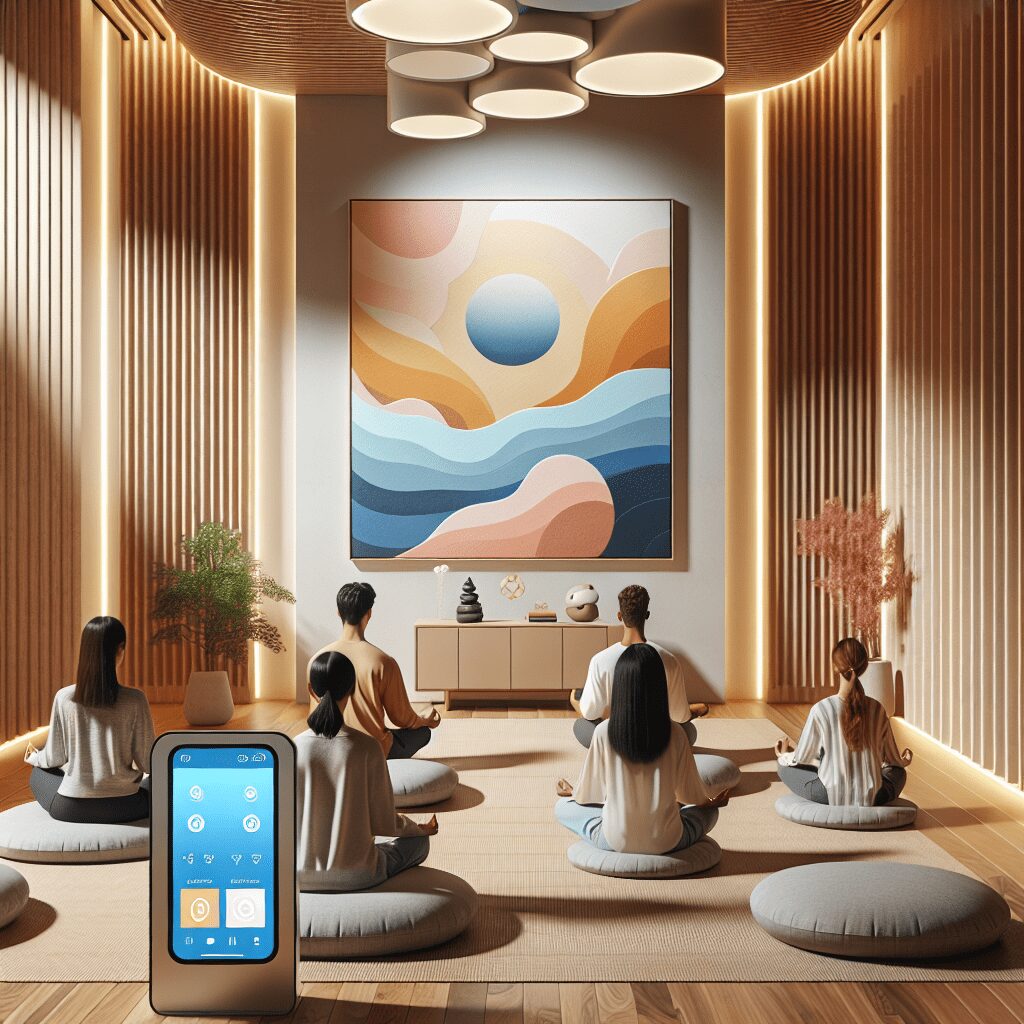
Prioritize your mental well-being daily. Enhance your life by nurturing your mental health with the Smart Meditation app. Break free from stress, alleviate anxiety, and enhance your sleep quality starting today.
Does Sitting On A Yoga Ball Help Your Back?
Bouncing to Better Back Health: The Yoga Ball Debate
In the sprawling expanse of wellness and ergonomic aids, the humble yoga ball—or as some might call it, the exercise or stability ball—has rolled into the spotlight, especially in the realm of back health. Swapping out the traditional office chair for a bouncy, more dynamic alternative has been touted as a core-strengthening, posture-improving, and back-pain-alleviating miracle. But does it actually live up to the hype? Let’s deep dive into the nitty-gritty of bouncing your way to a healthier back.
Unraveling the Bounce: What Science Says
For starters, it’s no secret that our bodies aren’t designed to be parked in a chair for hours on end. This sedentary siren song can lead to a slew of aches and pains, with back issues topping the chart. Enter the yoga ball. The theory here is as simple as it is seductive: by sitting on an unstable surface, you’re forced to engage your core and make constant micro-adjustments in your posture, thereby strengthening your back and abdominal muscles.
Here’s the scoop:
- Core Curriculum: A stronger core equates to better support for your back. By engaging those muscles, you’re essentially building a natural corset that can alleviate and prevent lower back discomfort.
- Posture Patrol: The yoga ball demands a level of balance that encourages more upright sitting. Improved posture is directly linked to reduced strain on the back.
- Fidgeting FTW: The constant, albeit subtle, movement encouraged by a yoga ball can help increase blood flow and reduce muscle fatigue.
However, it’s not all rainbows and sunshine. Critics of the yoga ball chair point out that without proper discipline and form, the benefits may not materialize. In fact, slouching on a yoga ball can introduce a new set of woes.
Optimizing Your Oracle Ball: Best Practices
So, you’re ready to take the plunge and swap your desk chair for something a bit more buoyant? Here’s how to ensure you’re not just bouncing aimlessly:
- Size Matters: Make sure the ball is properly sized, allowing your knees to be at a 90-degree angle when seated.
- Time It Right: Like a good Netflix binge, moderation is key. Start with 20 to 30-minute intervals to gauge your body’s adjustment.
- Posture Check: Every so often, do a quick posture check. Are you slouching? Is your core engaged? Adjust accordingly.
- Mix It Up: Alternating between a yoga ball and a traditional chair throughout the day can offer the best of both worlds: movement and stability.
In the end, whether sitting on a yoga ball turns out to be the elixir for your back pain or a just a fun experiment hinges on personal physiology, the nature of your back issues, and how diligently you adhere to best practices. While research offers mixed reviews, the anecdotal choir sings its praises loud and clear. But remember, if back pain persists or worsens, a rendezvous with a healthcare professional is the wisest course of action. After all, healthy choices should always be based on more than just a ball park idea.





